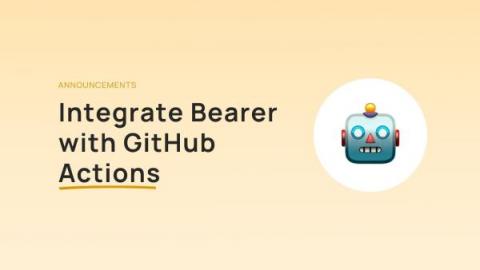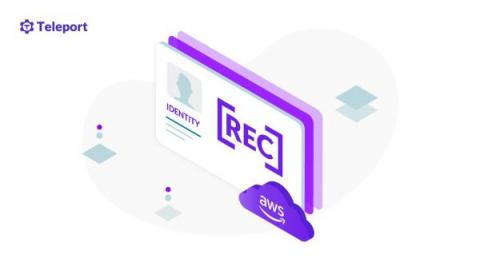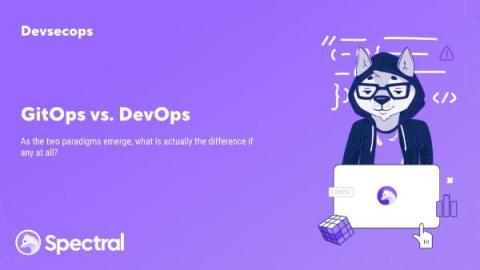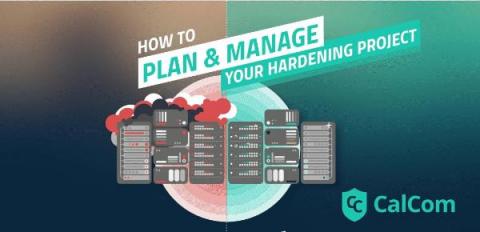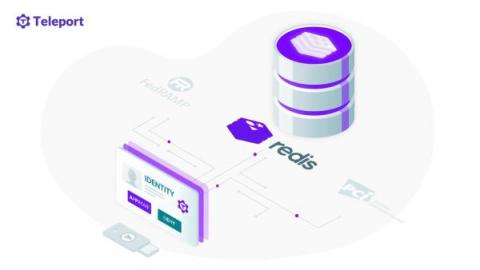Alternatives to a Corporate VPN
Many businesses use virtual private networks (VPNs) to provide secure remote access to their systems, but this has increasingly become a liability as more people switch to remote work. The greater demands placed on VPNs to offer safe access can expose organizations and employees to security vulnerabilities. In order to better protect their data and systems, organizations may need to seek alternatives to VPNs.





